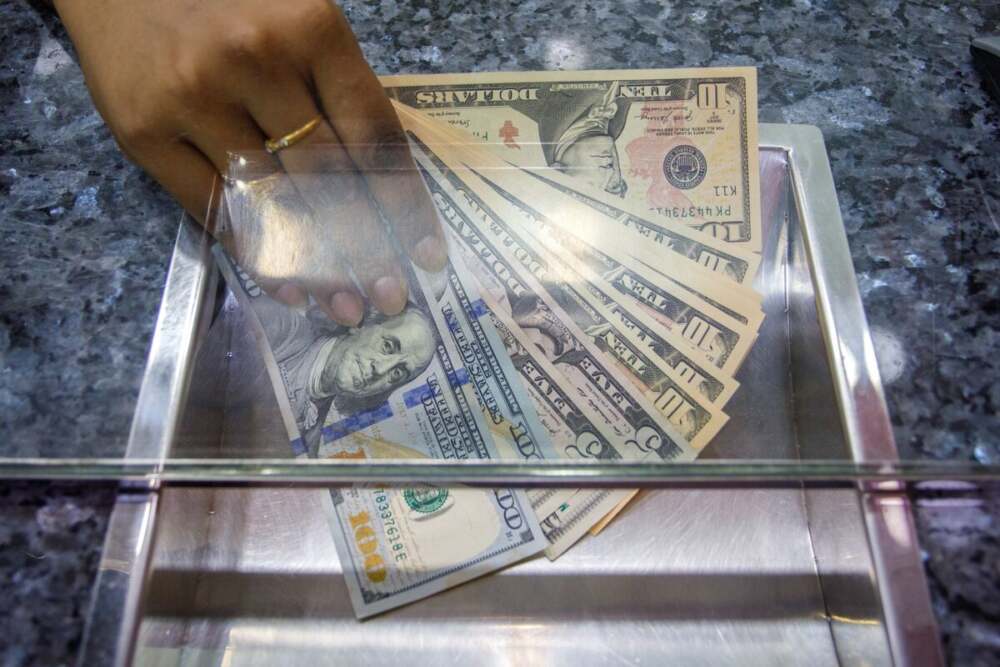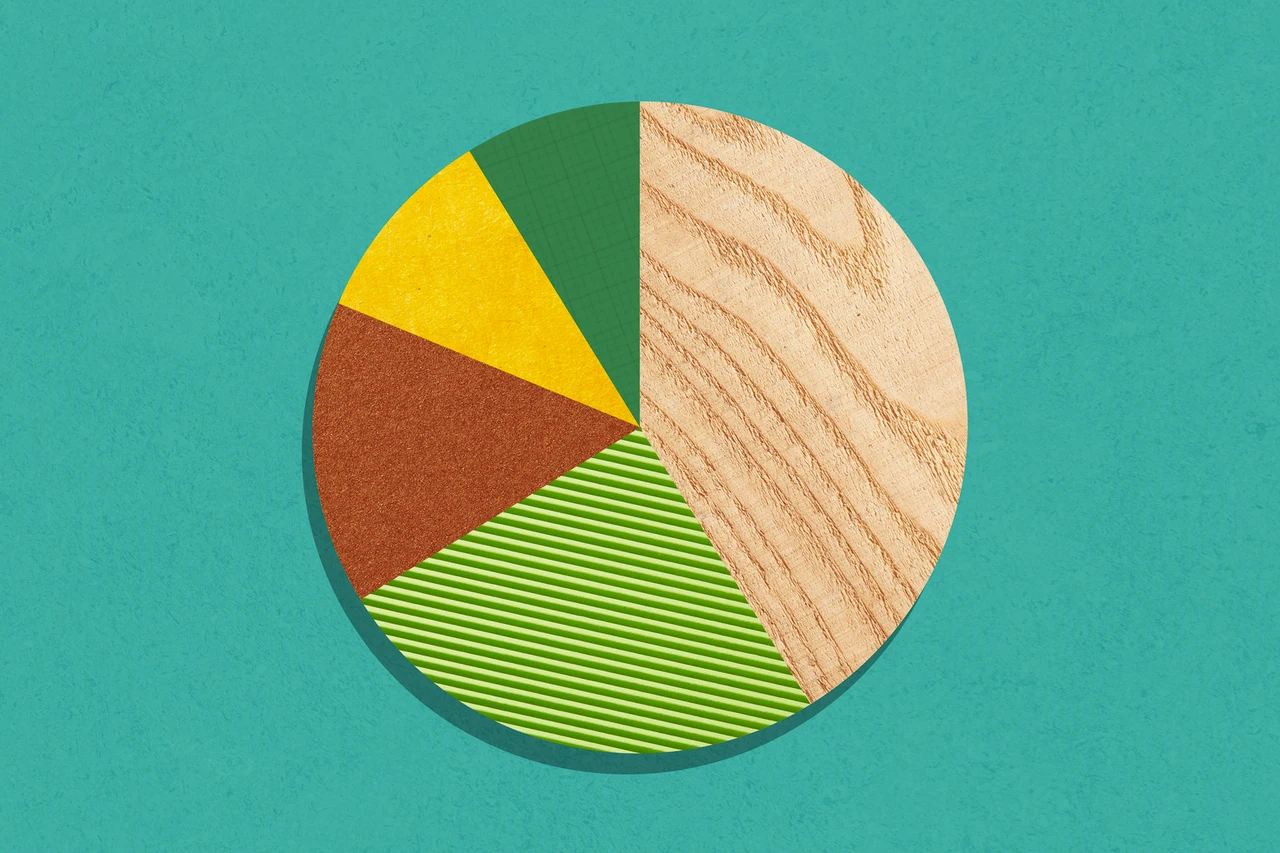A growing number of international investors are taking steps to protect themselves against a weakening U.S. dollar by increasing hedging activity. This strategy—often dubbed “Hedge America”—is fueling a noticeable shift in how foreign money is flowing into U.S. equities and bonds.
What’s Going On
- Foreign investors are still buying U.S. stocks and bonds, attracted by strong growth in sectors like technology, solid corporate earnings, and good liquidity in U.S. markets.
- However, many are growing uneasy about the dollar losing value. To offset that risk, investors are increasingly using derivatives and currency hedges so that gains in U.S. assets aren’t eaten by declines in exchange rates.
- In recent months, the proportion of investment inflows into U.S. equities that are hedged against currency risk has jumped sharply—rising from modest levels earlier in the year to a large majority of recent flows. In bonds, too, a substantial share of foreign demand is now hedged.
Why Investors Are Doing It
Several factors are driving this hedging surge:
- Dollar Weakness: The dollar has been under pressure, partly due to expectations of interest rate cuts in the U.S., concerns about fiscal deficits, and declining yield differentials compared to other major currencies.
- Cost of Hedging: As U.S. interest rates drop, the cost to hedge dollar exposure declines, making hedging more affordable. That makes it sensible for investors who are otherwise long on U.S. assets.
- Risk Management: Investors want to protect themselves from scenarios in which the dollar continues to fall, which could negate gains made from U.S. assets.
Impacts So Far
- The surge in hedging is helping explain why U.S. stock indices continue rising even while the dollar declines. Investors are essentially separating their U.S. equity exposure from their exposure to currency fluctuations.
- Foreign capital is still flowing into U.S. markets, but much of it comes with currency risk mitigation baked in.
- For U.S. firms, this trend may help sustain foreign investment, even if the dollar remains under downward pressure.
Risks and What to Monitor
- Hedging isn’t free: even though costs are lower, they still eat into returns. Large-scale hedging may reduce overall profitability for some investors.
- Market expectations of future U.S. policy—interest rates, government spending, inflation—will matter a lot. Any surprises that shift those expectations could reverse the trend.
- If the dollar falls too steeply or too fast, some hedges may prove inadequate or costly to unwind.
Outlook
Looking ahead, investors worldwide will likely continue using currency hedges as long as U.S. fiscal policy remains under strain and interest rate differentials shrink. The strength and duration of this “short-dollar” trade may depend heavily on upcoming economic data, inflation trends, and how quickly central bank policies adjust both at home and abroad.
















Leave a Reply